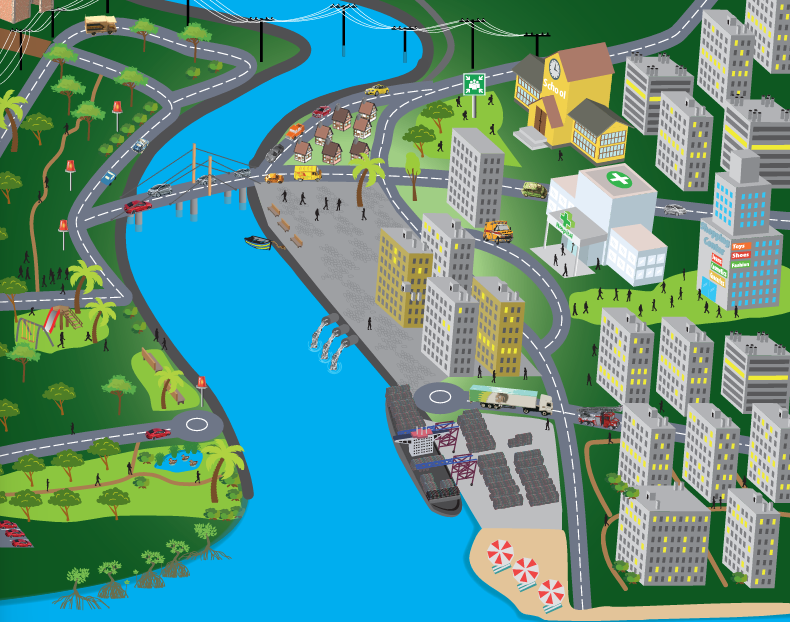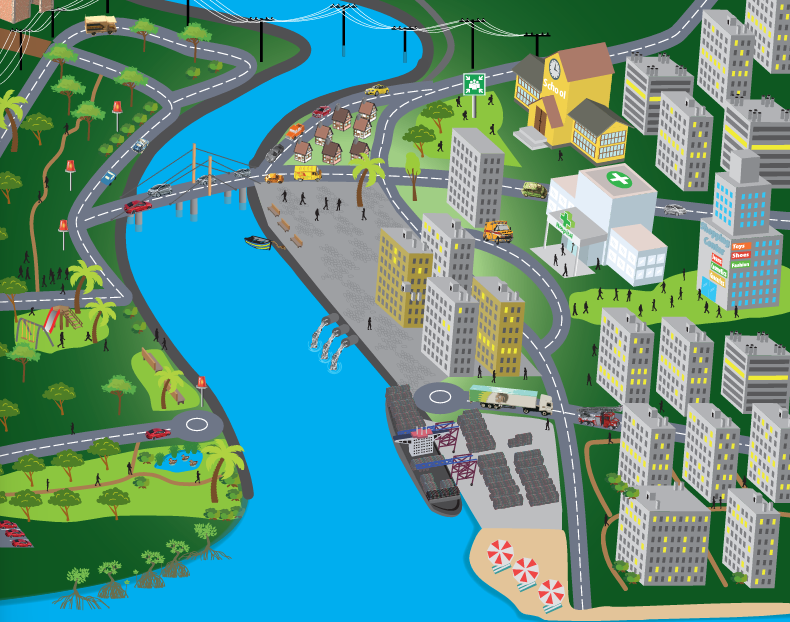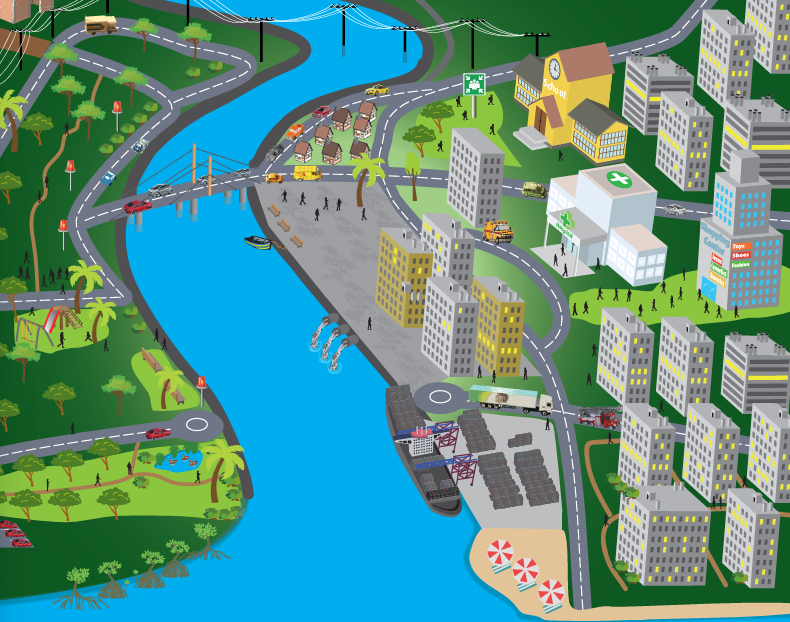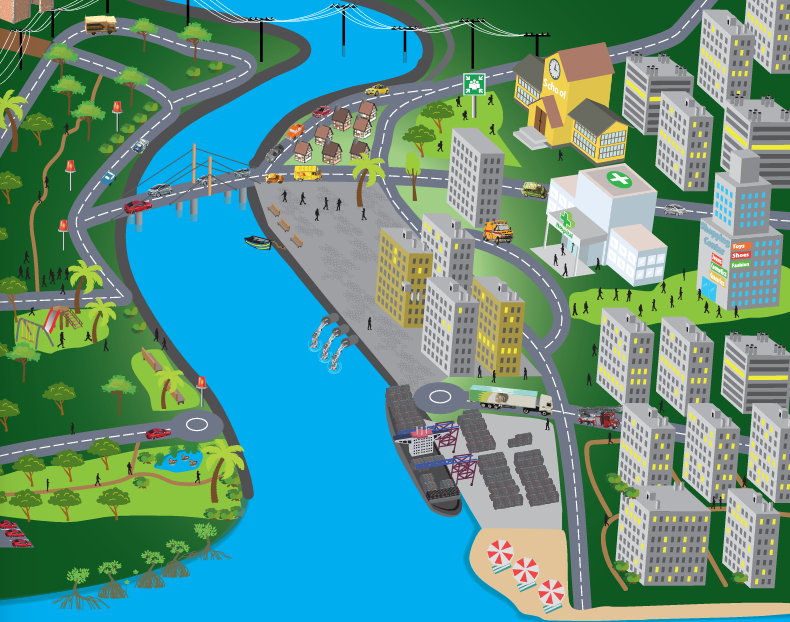dams
Climate Risk Assessment for Infrastructure: An application for Cai Lon – Cai Be Sluice Gates in the Mekong Delta
In this study, a step-by-step methodology of climate risk assessment for infrastructure, namely the PIEVC Engineering Protocol (the “Protocol”), was used to assess the climate risk of the Cai Lon - Cai Be sluice gates.
A Guidance on How to Interpret Climate Information for the Assessment of Climate Risks: Example of the Cai Lon – Cai Be Climate Risk Assessment (Vietnam)
The main challenge of integrating climate information into risk assessments are opposing approaches for assessing climate risks and adaptation options and its implications for the design of climate information products. This guide breaks down the process using Cai Lon – Cai Be climate risk assessment as an example.
Risk Assessment for the Climate Proofing of Infrastructure Investments: PIEVC Protocol
The PIEVC Engineering Vulnerability Assessment Protocol is a climate risk assessment tool developed by Engineers Canada and tailored to the needs of the infrastructure sector. This document briefly describes the seven steps in risk assessment for the climate proofing of infrastructure investments.
Final Report: Climate Risk Analysis and Assessment Report for Cai Lon – Cai Be Sluice Gate Project Based on the PIEVC Protocol
T his report presents the results of the climate risk assessment conducted for the Cai Lon – Cai Be Sluice Gate project in the Mekong Delta, Vietnam, between August 2018 and May 2019. The assessment was conducted using the Public Infrastructure Engineering Vulnerability Committee (PIEVC) engineering protocol for infrastructure vulnerability assessments (the “Protocol”).




